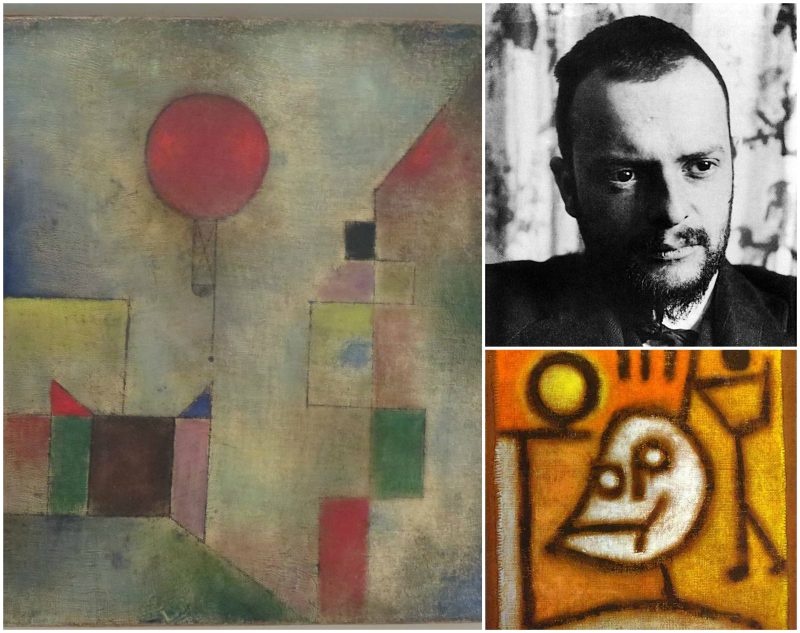As a colleague and a good friend of the famous Wassily Kandinsky, who also taught at the famous art school Bauhaus, Klee’s work is often referred as purely abstract. It is said that it reflects a deep and almost childlike perspective of his mood, belief, and musicality. Known for his raw artistic flux, Klee’s stick figures, childlike moon faces, arrows, eyes, and quilts of color, are a staple of abstract art.
His sheer pictorial language and pioneering Cubism examples at the Bauhaus have been, at the time, far-reaching. The 20th century Modernism or Expressionism may be too vague to describe Klee’s work, even though he has often been related to the many art movements such as Cubism and Expressionism.
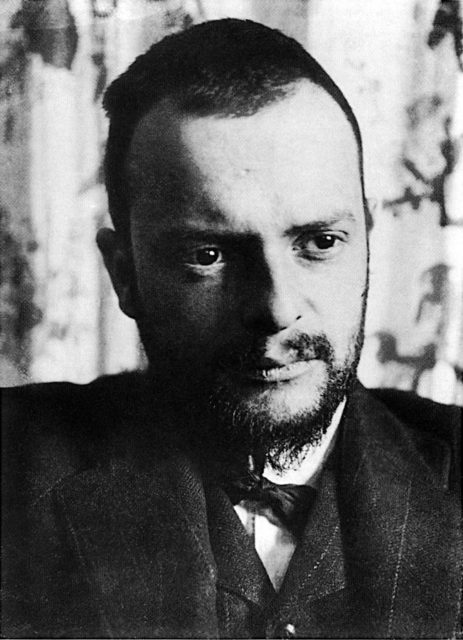
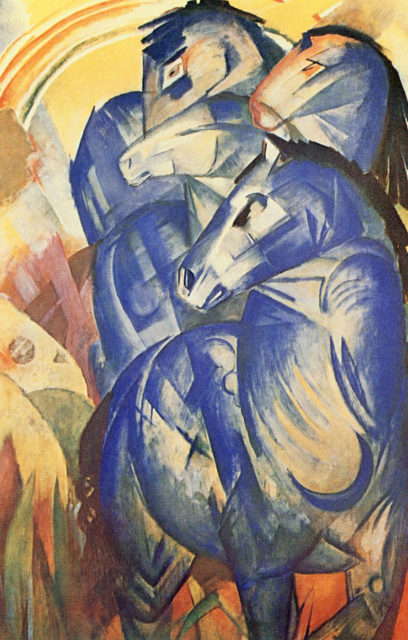
In an attempt to master his color and overall texture technique, early on he was associated with the artistic group Der Blaue Reiter (The Blue Rider). Klee’s artwork also incorporates a touch of sarcasm, and Klee, while engaged in artistic theory, he was also fascinated with children’s art and its sheer simplicity.
His dream-like paintings were correlated with Surrealism, though he was never keen on the movement. Klee’s work is regarded as simplistic and abstract and can also be seen as humorous.
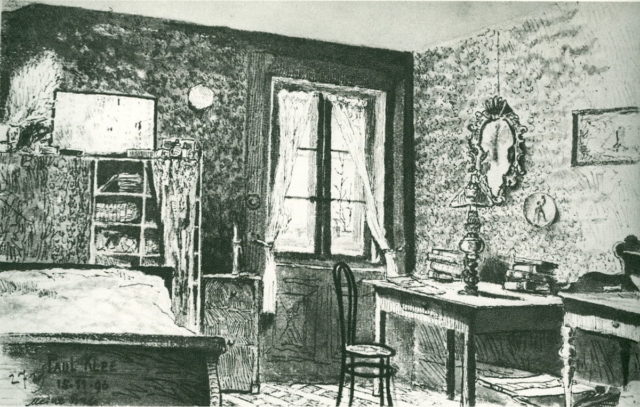
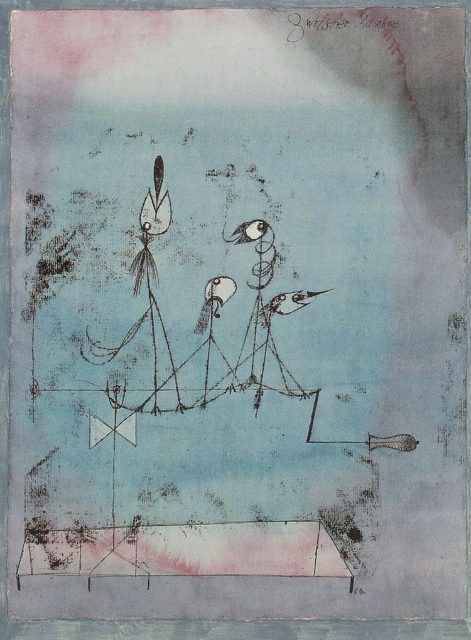
Amusingly, his work conveys a playful sense of absurdity, since he was inspired by the basic techniques used by children. That can be seen in his famous “Twittering Machine” (1922). It is one of better-known works of Klee and is frequently visited by many in the New York Museum of Modern Art (MoMA).
Paul Klee was an extremely dedicated painter, and his many works have proved it. With more than 10,000 artworks under his belt, Klee has cemented his reputation even in the early 20th century.
Later in his career, Klee abandoned his detailed expressionistic paintings and began to paint thicker surface. He simplified his works to the point of depicting obvious childlike objects with bolder forms.
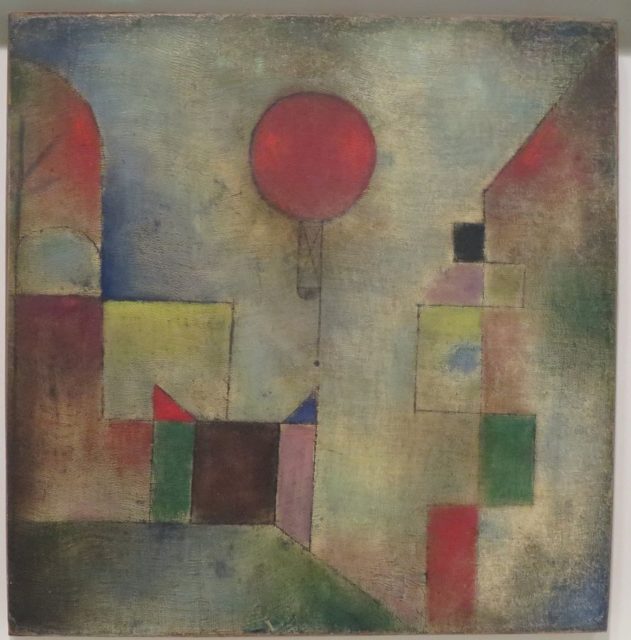
Ultimately, this newfound modus operandi would greatly influence many generations throughout the years. Along with his teaching and lessons in prestigious schools, many Abstract Expressionists and color field painters would find themselves “copying” his work.
As the second child of Hans Klee, a German music teacher, and a Swiss mother, his highly musical upbringing can be definitely seen in his works. Klee has been a big fan of classical music, but instead, he took drawing and painting lessons as his primary conduct.
His artistic subjects and objects were directly influenced by music, poetry, and can reveal his witty humor. Whether it was ironic, poetic, deadpan, or melancholic, as it was before the end of his life, Klee never failed to depict his specific emotion or temperament.
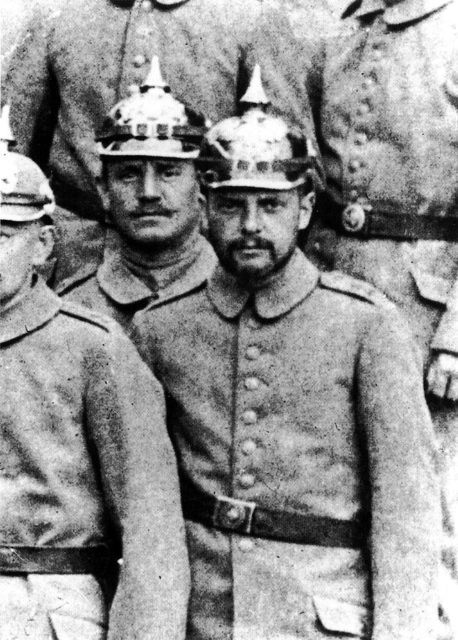
In 1920, Klee, along with Kandinsky, taught at the faculty of Bauhaus, a very prestigious art school. They were both invited by Walter Gropius, who was a highly acclaimed architect and the founder of Bauhaus in Weimar. The school of architecture and industrial design was also used for teaching the arts.
Nearly half of Klee’s almost 10,000 works were created when he was teaching at the Bauhaus. Sadly, many of them were destroyed and negatively exhibited at the Entartete Kunst (Degenerate Art) exhibitions by the Gestapo in 1933. The Nazis condemned modern art as an abomination, and many artists at the time suffered great losses, as thousands of modernist works were incinerated and destroyed.
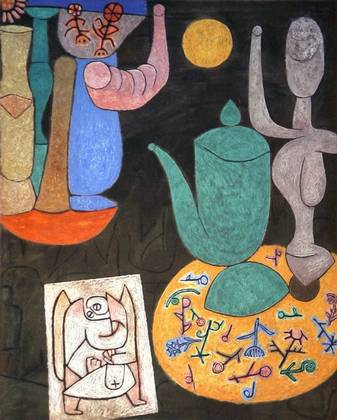
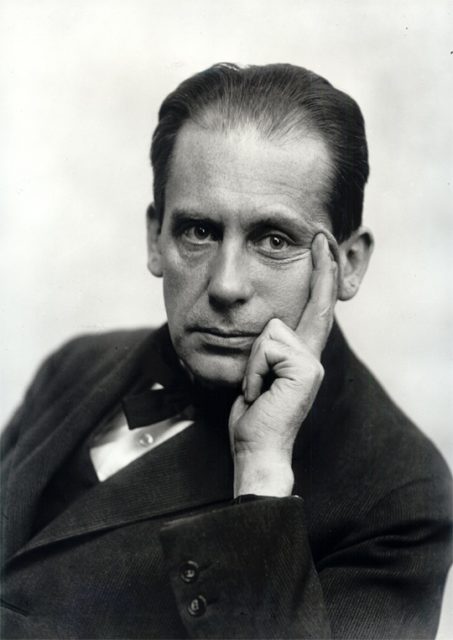
Personal problems, the political situation in Europe, and scleroderma, a wasting disease which greatly diminished Klee’s health, are reflected in his late work. Klee suffered great pains, skin rashes, and breathing difficulties because of the scleroderma. The once lively and humorous textures were turned into more darker colors and simpler objects which greatly represented the suffering he was going through.
Despite being born in Switzerland, Klee never obtained citizenship. He died in Muralto, Locarno, Switzerland, on 29th June 1940 and was buried at Schosshaldenfriedhof, Bern, Switzerland. Klee’s artwork was perhaps considered too revolutionary, too outlandish for the Swiss authorities to grasp. Six days after his death, the Swiss accepted his posthumous request and granted him citizenship.
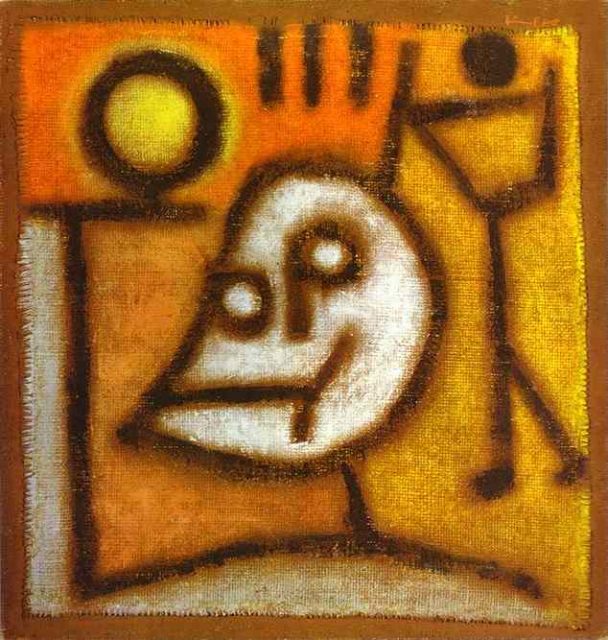
The huge legacy continues to live on. An estimated opus of about 9,000 works of art, Klee has cemented his place among the greatest Expressionists that have ever lived. The words on his tombstone, which were inscribed by Felix, his son, say,
“I cannot be grasped in the here and now, For my dwelling place is as much among the dead, As the yet unborn, Slightly closer to the heart of creation than usual, But still not close enough.”
